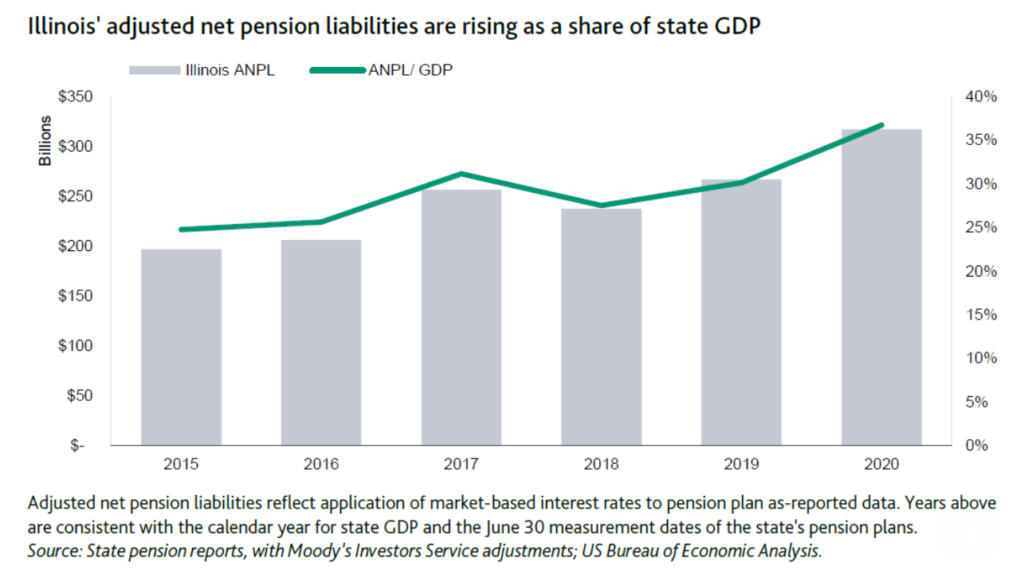Link: https://www.yalemedicine.org/news/covid-19-vaccine-comparison
Excerpt:
In the United States, the number of cases and deaths that had been rising to a peak for almost a year have been flattening out, thanks, in large part, to COVID-19 vaccinations that began in December. As the weeks pass, more reports have been coming out about the effectiveness of the vaccines that are in use and the potential of those still in development. So, how do they differ?
It’s important to keep up, but it’s also a daunting task, given the flood of information (and misinformation) coming at us from so many directions.
Vaccines from Pfizer-BioNTech, Moderna, and Johnson & Johnson are being administered in the U.S. right now, and others are on track to do the same.
We mapped out a comparison of the most prominent COVID-19 vaccines.
Author(s): Kathy Katella
Publication Date: 1 July 2021 (originally published February 2021, updated)
Publication Site: Yale Medicine




